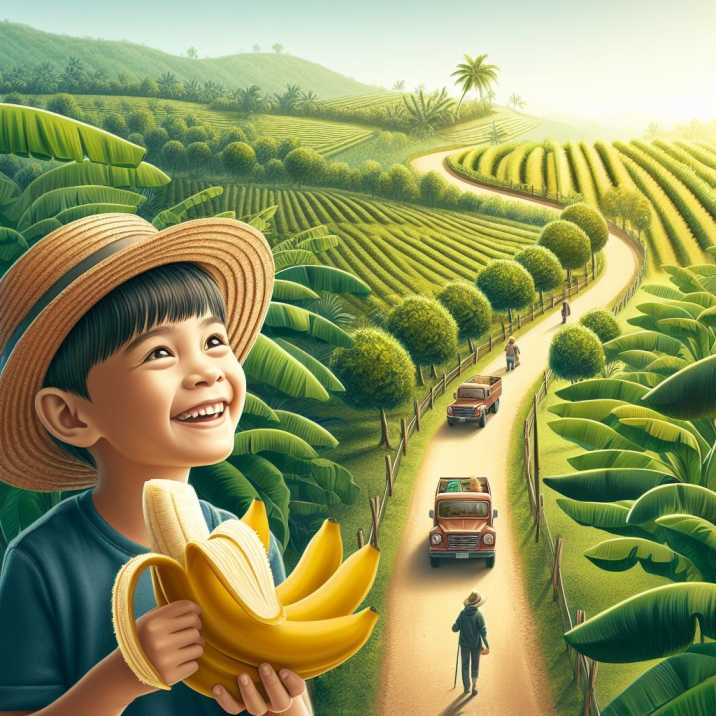Introduction:
Table of Contents
Welcome, curious readers, to the fascinating realm of Cavendish bananas! 🍌 In this delightful journey, we’ll peel back the layers of knowledge to uncover the secrets of this popular fruit, known for its sweetness and accessibility. From its origin to its journey to your kitchen, let’s embark on this educational adventure together.
What is a Cavendish Banana?
The Cavendish banana is a type of banana that belongs to the Musa acuminata species. It is one of the most commonly consumed bananas globally, loved for its mild flavor and creamy texture. Named after Sir Henry Cavendish, a British scientist, this banana variety has become a household favorite.
The Origin Story:
Our journey begins in Southeast Asia, where bananas have been cultivated for thousands of years. The Cavendish banana specifically hails from the region, making its way to the Western world in the 19th century. Today, it’s grown in tropical regions across the globe, ensuring a year-round supply for banana enthusiasts.
Characteristics of Cavendish Bananas:
- Taste: The Cavendish banana is renowned for its sweet and slightly tangy taste, making it a popular choice for snacks, smoothies, and desserts.
- Texture: With its creamy and soft texture, this banana is a delight to eat both raw and in various culinary creations.
- Size: Typically, Cavendish bananas are medium to large in size, making them a satisfying and nutritious snack option.
Why are Cavendish Bananas Popular?
Cavendish bananas have gained immense popularity for several reasons. They are easy to peel, making them a convenient on-the-go snack. Moreover, their consistent size and flavor contribute to their widespread appeal. As a versatile ingredient, these bananas are used in baking, salads, and a myriad of other recipes.
Cavendish Bananas and Their Journey to Your Plate:
The process of bringing Cavendish bananas from tropical farms to your local grocery store involves careful cultivation, harvesting, and transportation. Once harvested, bananas are transported in controlled environments to ensure they reach their destination in optimal condition.
Challenges Faced by Cavendish Bananas:
While beloved, Cavendish bananas face challenges, the most significant being vulnerability to Panama disease. This soil-borne fungus poses a threat to banana plantations, emphasizing the importance of research and development to create disease-resistant varieties.
Conclusion:
In conclusion, the Cavendish banana is not just a fruit but a culinary and cultural icon enjoyed by people worldwide. Its journey from Southeast Asia to our tables has been one of taste, convenience, and resilience. So, the next time you savor a delicious Cavendish banana, remember the rich history and intricate journey it undertook to bring joy to your taste buds.
Frequently Asked Questions (FAQs):
1. What makes Cavendish bananas different from other banana varieties?
- The Cavendish banana stands out for its sweet taste, creamy texture, and ease of peeling, making it a preferred choice for many.
2. Are Cavendish bananas genetically modified?
- No, Cavendish bananas are not genetically modified. They are a result of traditional cross-breeding methods.
3. Why are Cavendish bananas facing challenges from Panama disease?
- The Panama disease affects banana plants, and the Cavendish variety is particularly susceptible. Researchers are working on developing resistant varieties to combat this threat.
4. Can Cavendish bananas be used in cooking and baking?
- Absolutely! Cavendish bananas are versatile and can be used in various culinary creations, from banana bread to smoothies and desserts.
5. How can consumers contribute to sustainable banana farming?
- Choosing sustainably sourced bananas and supporting eco-friendly farming practices can contribute to the sustainability of banana cultivation.

